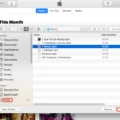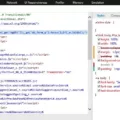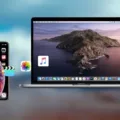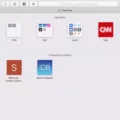Are you looking to transfer files from your Mac computer to an external hard drive? Transferring data from one device to another can be a daunting task, especially if you have never done it before. Fortunately, transferring files from Mac to a hard disk is relatively straightforward and simple.
A hard disk is a storage device used for storing data such as documents, photos, music, and video. An external hard drive is a portable version of this same technology. It connects to your computer via USB or FireWire cable and allows you to store large amounts of data without taking up any space on your computer’s internal hard drive.
When transferring files from Mac to a hard disk the first step is to connect the external drive to your Mac computer using the appropriate cable. Once the connection has been established, an icon for that external drive will appear on your Desktop. To access the contents of the disk, simply open it by double-clicking its icon.
The next step is locating the files you want to transfer on your Mac computer. This can be done by opening a Finder window and navigating through the folders until you find what you need. Once found, select all the files and drag them onto the external hard drive’s icon on your Desktop or in a folder window. The file transfer process will begin immediately and should be complete within a few minutes depending on how much data is being transferred.
Once all of your desired files have been successfully transferred to the external hard drive, it’s important that you safely eject it before disconnecting it from your computer in order to avoid any potential data loss or corruption of files on both devices. To do this, simply click once on the external drive’s icon in Finder or drag its icon onto the Trash Can at the bottom of your screen. You will then see a popup window asking if you are sure that you want to eject it; click “Eject” and wait for Finder to finish ejecting it before unplugging it from your computer.
Transferring files from Mac computers to an external hard drive is easy once you know how! With just a few steps, you can quickly move large amounts of data off of your computer’s internal storage and onto an external device for safekeeping or sharing with others.
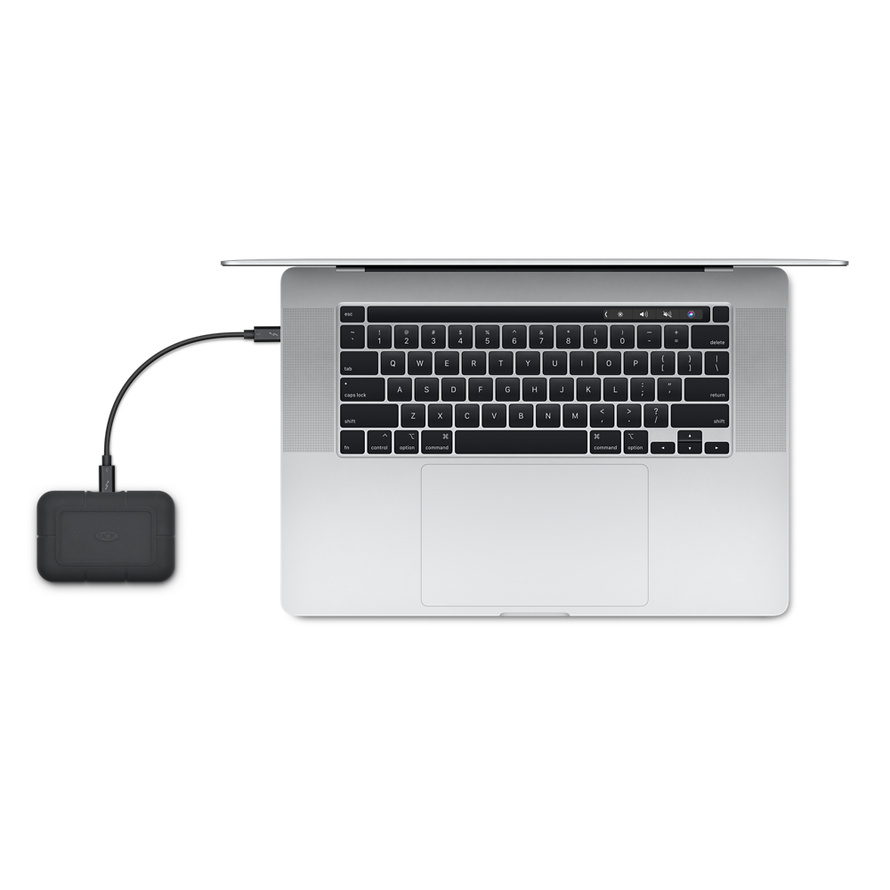
Transferring Files From a Mac to a Hard Drive
Transferring files from a Mac to a hard drive is a simple, straightforward process. To start, you’ll need to plug the hard drive into your Mac using the appropriate cable. Once connected, you can open the Finder window by clicking the Finder icon in the Dock. Once open, you can select one or more files from your desktop or from within any folder, then simply drag them to the hard drive’s entry listed under Locations in the Finder sidebar. Your files will be transferred and stored on your hard drive.
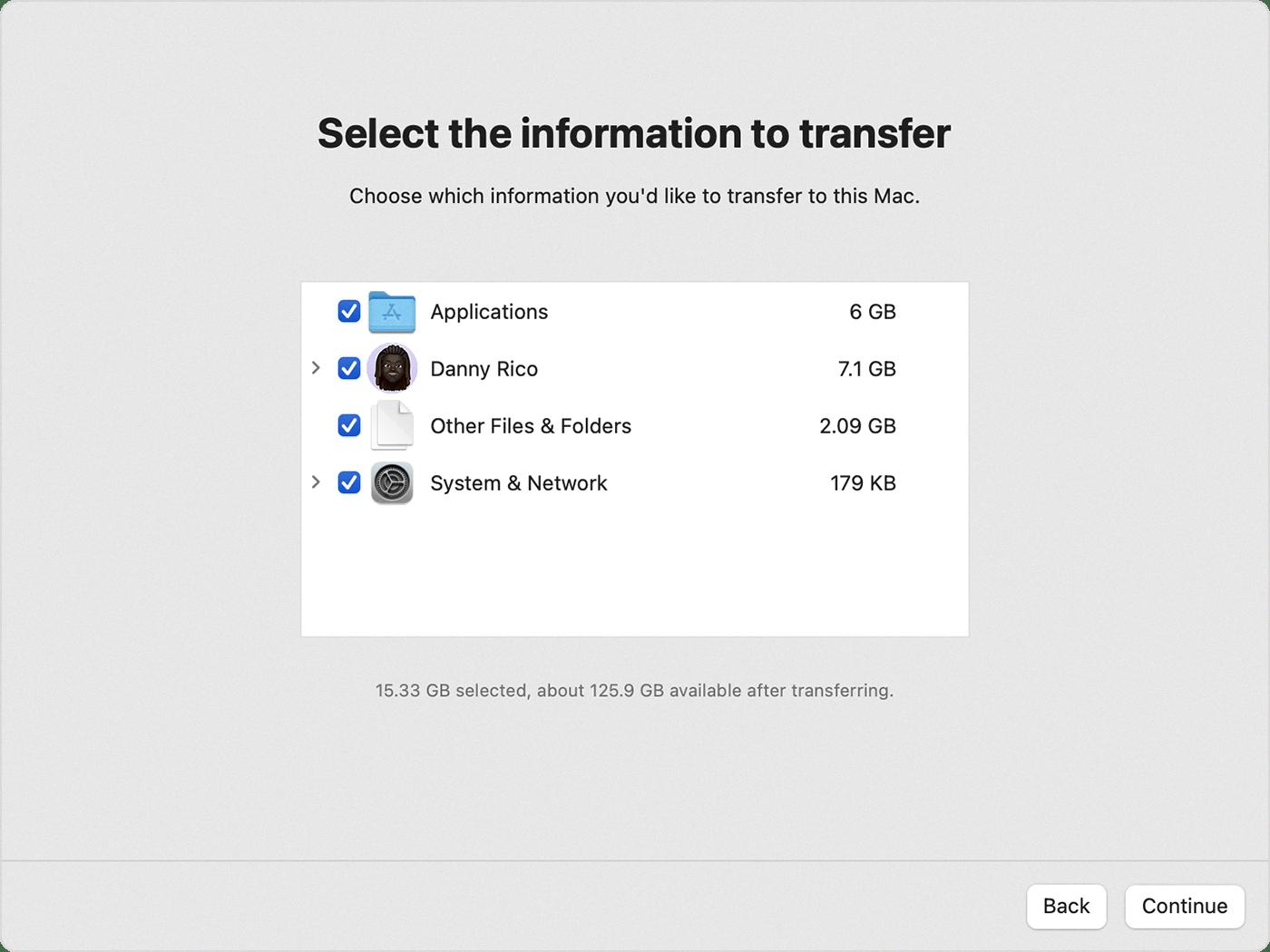
Source: support.apple.com
Transferring Files from Mac to External Hard Drive
There could be multiple reasons why you cannot move files from Mac to your external hard drive. First, check the permissions settings for the file or folder you are trying to move. On your Mac, select the item, then choose File > Get Info or press Command-I. If the permissions settings are not set correctly, you will need to change them before you can move the file or folder. Additionally, you may need to change permissions settings for the disk, server, or folder where you want to move the item. Finally, make sure that both your Mac and external hard drive have enough available space for the file or folder that you are trying to move.
Moving Mac Storage to an External Hard Drive
To move Mac storage to an external hard drive, you’ll need to connect the external drive to your computer with a USB cable. Once the icon for the external drive has appeared on your Desktop, open Finder and locate the files you wish to transfer. Select the files and drag them over to the external hard drive icon on your Desktop. The process may take several minutes depending on the size of your files, but once it’s complete, you should be able to access your data from both your Mac storage and the external hard drive.
Copying and Pasting Files from Mac to External Hard Drive
To copy and paste files from your Mac to an external hard drive, start by plugging the hard drive into your computer. Next, open the Finder window and select the file or folder you want to copy. Then, drag and drop the file into the external hard drive. You can also use the copy-and-paste command (Command+C for copy and Command+V for paste) to move files from one place to another. Finally, make sure you eject the drive properly before unplugging it from your computer to avoid data loss.
Transferring Files to an External Hard Drive
Transferring your files to an external hard drive is easy. First, plug your external hard drive into your computer’s USB port. Next, open the folder or directory containing the files you want to transfer and select them. You can select multiple files and folders by holding down the Ctrl key while clicking on each item you want to transfer. Once you have all your selected files and folders highlighted, right-click on them and select Show more options > Send to. From the list of options, select your external storage device name, and your files will begin copying to it. Depending on the size of the files being transferred, this process may take some time. When it’s finished, you can disconnect your external hard drive from your computer and take it wherever you need to go!
Making a Mac Recognize a Hard Drive
In order to get your Mac to recognize your hard drive, you need to make sure that the external hard drive is properly connected to your Mac. Once the hard drive is connected, you’ll need to enable it in Finder. To do this, open Finder and click on the Finder button in the menu bar at the top of the screen. Select Preferences. General and then check the boxes next to External disks and Hard disks. Finally, go to Sidebar and make sure Hard disks and External disks are also selected there. Your Mac should now recognize your external hard drive.
Compatibility of External Hard Drives with Mac Computers
Yes, some external hard drives may not work with Mac due to compatibility issues. The most common issue is that the drive may be formatted in a file system such as NTFS or HFS+ that is not supported by the macOS operating system. Additionally, a loosely connected or frayed USB cable could prevent the drive from being recognized by your Mac. To ensure the best compatibility, it is recommended to purchase an external hard drive pre-formatted in either APFS or exFAT and use a high-quality USB cable.
Backing Up a Mac to an External Hard Drive Without Time Machine
Backing up your Mac to an external hard drive without Time Machine is easy and straightforward. First, make sure that the external hard drive is connected to your Mac and turned on. Then, launch the Disk Utility app from your Mac’s Applications folder. Select the external hard drive from the list of drives in the left pane. Click on “Erase” and choose a file system format such as Mac OS Extended (Journaled). Finally, click “Erase” again to begin formatting the drive.
Once the formatting process has finished, click “Done” and open Finder. Select your internal hard drive from the list of drives in Finder and drag its contents to your external hard drive which should appear under “Devices” in Finder. This will begin copying all of your files onto your external hard drive. When it is finished, you have successfully backed up your Mac to an external hard drive without Time Machine!
Connecting an External Hard Drive to a Mac
Yes, you can connect an external hard drive to a Mac. Most external hard drives will come with a USB cable, so the first step is to plug the USB end into one of the open USB ports on your Mac. If your drive uses Thunderbolt or FireWire instead, you will need to plug in the appropriate cable. Once you have connected the drive, it should appear on your desktop and be ready to use.
Troubleshooting Issues with Copying Files to an External Hard Drive
There are several potential reasons why files are not copying to an external hard drive. It could be due to insufficient storage space, an issue with the formatting of the drive, a problem with the file type or format, or a problem with the connection between your computer and the external hard drive. Additionally, if the hard drive is very old or has been previously used with another device, it might be incompatible with your system. If none of these explanations seem to fit your situation, then it may be best to contact your local IT professional for further assistance.
Conclusion
In conclusion, hard disks are an essential component of any computer system. They provide a reliable and cost-effective way to store large amounts of data, allowing users to access the information they need quickly and easily. Hard disks are also reliable and durable, making them a great choice for long-term storage solutions. Furthermore, transferring files between a Mac computer and an external hard drive is easily using the drag-and-drop method. Whether you need to move important documents, photos, or videos from your Mac to an external hard drive, or just want to back up your files for safekeeping, hard disks are a great option.


